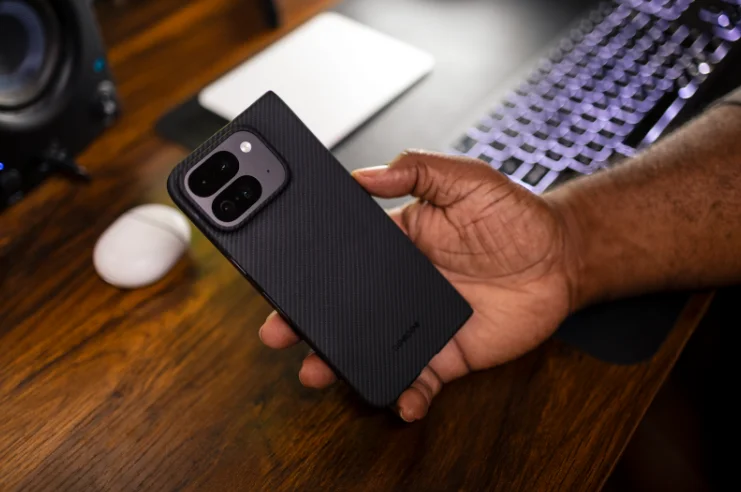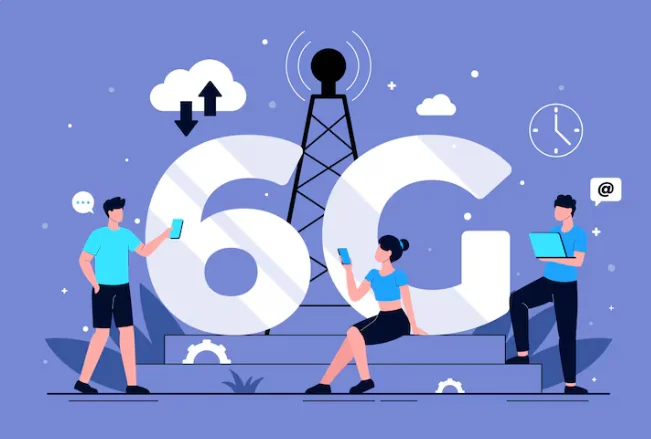
The Google Play Store, App Store, and other app distributors offer mobile apps. To boost sales, many corporations worldwide have also embraced mobile applications. We should examine the mobile app security process because of the prevalence of cybercrimes nowadays. Better mobile app development security is required to safeguard the data on our phones. Let’s explore some helpful ways to enhance the security of mobile applications.
Secure Codes
The architecture of every application is based on multiple bits of code. Therefore, secure codes might be very crucial when it comes to mobile app security. An IT Pro Portal research states that the application’s source code contains 82% of the vulnerabilities. This implies that it is your responsibility to ensure the source code is free of errors and vulnerabilities.
You may feel secure knowing that your mobile app is safe if you hire a skilled app designer. Mobile application testing is the greatest method to make sure that the code is secure and that there are no vulnerabilities that hackers could exploit, in addition to having an expert on board.
Updating Software and App Libraries
Regularly updating your programs and their dependencies is one of the mobile application security best practices for addressing security flaws and thwarting new attacks. Monitor and assess changes or patches shared by third-party frameworks and libraries.
The reason for this is that these parts frequently have their updates. Updating well-known libraries like OpenSSL and Firebase is a proactive way to maintain the security and compliance of your apps. This strengthens the product’s protection to lessen the attack surface, removes the possibility of file exploitation, and safeguards user data that out-of-date software would otherwise target.
User Authentications
User-generated content (UGC) contributions are most prevalent in mobile applications. Without an appropriate user authentication system in place, UGC may be vulnerable to cyberattacks. By using social engineering techniques, hackers can obtain users’ sensitive information.
Malicious injection through UGC is simple if they have access to user accounts. Multi-factor authentication and other user authentication techniques can be used here. However, one-time passwords, security keys, tokens, and other methods add a layer of protection in contrast to the conventional authentication process.
Integrity and Compliance
Any mobile application must meet requirements and pass specific security tests before release. Developers may be required to adhere to particular security protocols as directed by the app store. These precautions can apply to the app’s installation and download process.
Modern smartphones use app stores to distribute signed programs or software that requires code signing to users. This procedure guarantees that a platform only disseminates applications that have been thoroughly examined.
Developers can introduce their apps to the store after their identities and the application’s security standards are verified. The application can be downloaded if everything complies with the operating system’s instructions.
Regular Security Audits
You can find safety problems faster using the best mobile app security testing tools to find and fix bugs. After developing an iOS or Android app, you may test your app’s defenses by simulating attacks and penetration testing.
Find possible flaws and fix them quickly before the data is misused. You can then perform vulnerability assessments. Nowadays, most companies hire outside companies to do impartial audits of their apps to find areas for app security improvement or to make an objective assessment. To strengthen the application’s defenses and keep ahead of possible attacks, proactive security evaluation procedures and frequent app dependability testing are essential.
Endnote
Increasing the security of your mobile app is now a strategic requirement for developing a connected and outcome-focused workforce rather than just a technical one. Securing sensitive data and upholding strong security is essential for lowering vulnerability to cyber dangers as companies use mobile technology to promote cooperation and boost productivity.

The Hidden Business Power of Storytelling Through Books

Diamond Painting Apps & Digital Tools for 2025 Artists

Meeting Global Tastes: The Versatility of Commercial Tortilla Makers

Accelerating drug discovery through the DEL-ML-CS approach

AI in Marketing Is No Longer a Buzzword — It’s the Strategy

The Full Guide To Penetration Testing

Pixel 10 Pro Fold Case: Why Choose Aramid Fiber?

MT4 for Mac vs Windows: Which Version Works Better for Traders








